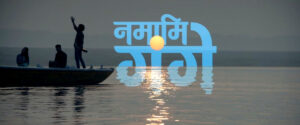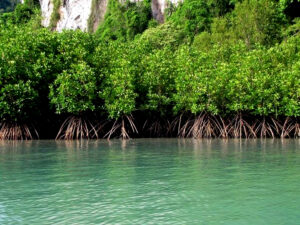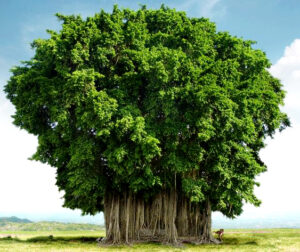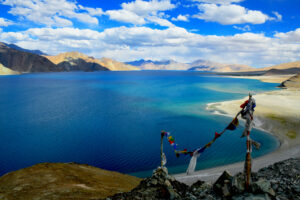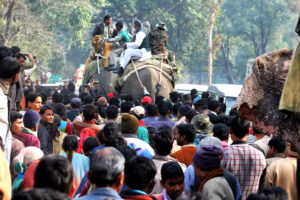Kolleru Lake: Nature’s Jewel on the Brink of Revival
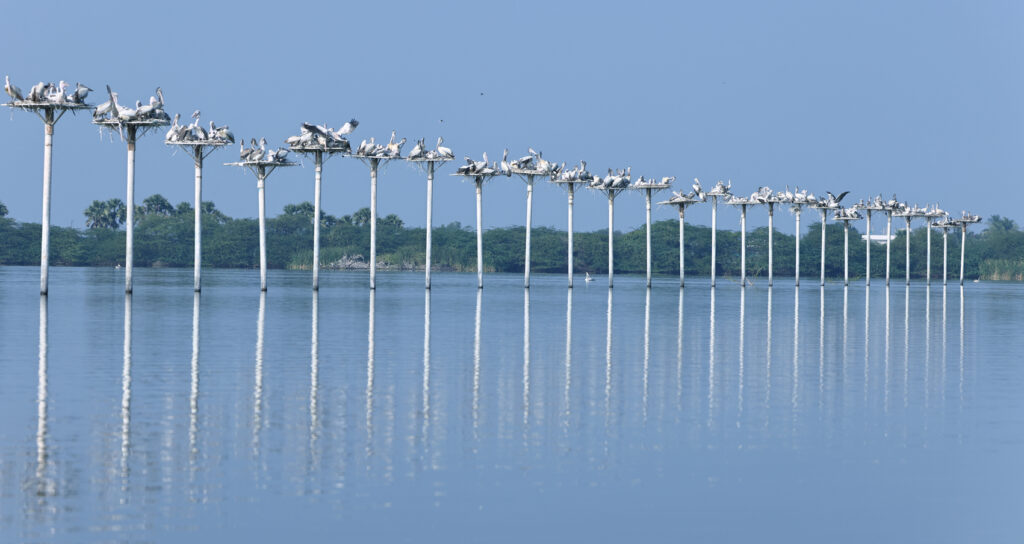
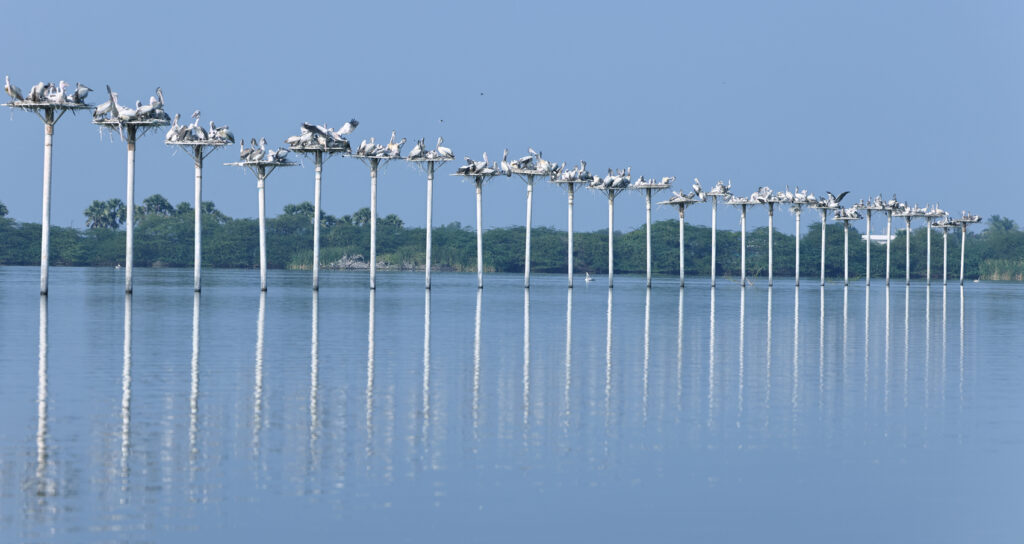
Nestled within the heart of India’s Andhra Pradesh state lies Kolleru Lake, a living testament to the grandeur of nature and the fragile equilibrium it upholds. This sprawling aquatic jewel stands as one of India’s largest freshwater lakes, adorned with an exquisite tapestry of diverse flora and fauna that has captured the hearts of both dedicated conservationists and enraptured nature enthusiasts. Encompassing an expansive 245 square kilometers, with a total Ramsar-designated wetland expanse of 302 square kilometers, Kolleru Lake proudly wears the crown of Asia’s largest shallow freshwater sanctuary. The photographs presented here were skillfully captured by Dr. Vajranabh Natraaj Maharshi, providing both a unique perspective on the captivating beauty and a glimpse into the challenges faced by Kolleru Lake.
Location and Significance
Kolleru Lake’s strategic location, cradled between the mighty deltas of the Krishna and Godavari rivers, renders it a linchpin in the intricate web of the region’s ecosystem. Situated just a stone’s throw away from the city of Eluru, a mere 15 kilometers distant, and a leisurely 65 kilometers eastward to Rajamahendravaram, the lake offers a precious oasis accessible to both the local populace and wanderlust-driven travellers. Proudly residing within the Eluru district, this aquatic gem plays a pivotal role in sustaining the very tapestry of agricultural life within the region. Yet, its significance transcends its size and locale, for it serves as the vital conduit linking the intricate irrigation networks of the Krishna and Godavari rivers through an extensive labyrinth of over 67 major and minor irrigation canals.
Story
A Celestial Haven for Avian Wonders
Kolleru Lake beckons as a realm of boundless enchantment for avian aficionados. With the arrival of winter, a magnificent avian pageant unfolds as thousands of migratory birds descend upon the serene waters. Among these magnificent travellers are the stately Siberian crane, the graceful ibises, and the regal painted storks, seeking respite from the frigid climates of their northern homes. This heaven has, over the years, welcomed a staggering congregation of avian wonders, hosting an estimated 20 million resident and migratory birds, including the awe-inspiring grey or spot-billed pelican (Pelecanus philippensis).
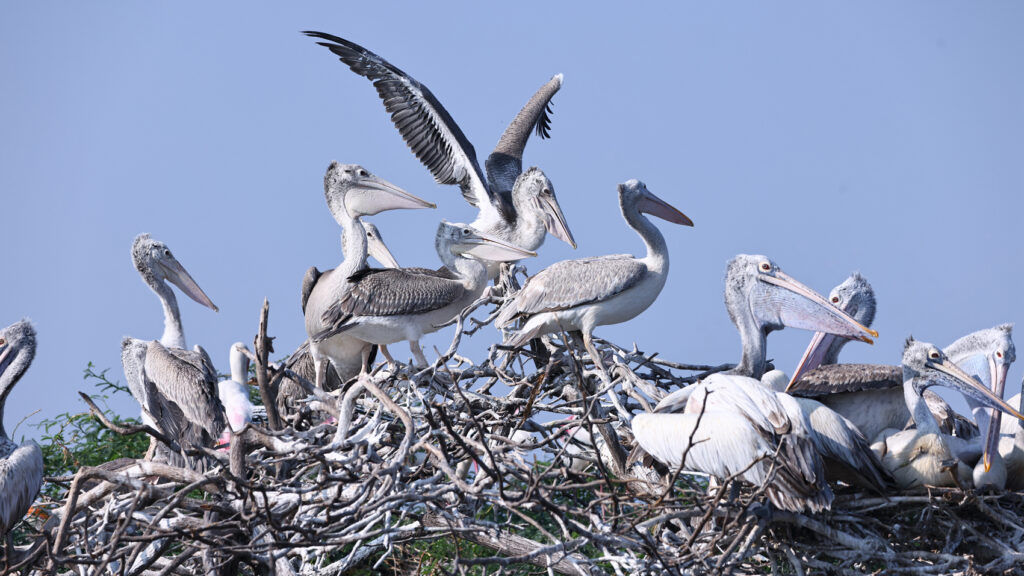
Conservation Crusades
Recognizing the irreplaceable ecological significance of Kolleru Lake, the Indian government took decisive action. In November 1999, under the protective mantle of the Wildlife Protection Act of 1972, Kolleru Lake was declared a wildlife sanctuary. This was followed by an even greater honour in November 2002 when Kolleru Lake was bestowed with international acclaim as a wetland of global importance under the prestigious Ramsar Convention. These designations fortified the lake’s status as a heaven for countless species, both resident and migratory.
The Kolleru Lake Development Committee (KLDC), charting its course in 1982, embarked on an unwavering mission to safeguard and rejuvenate this natural treasure. A comprehensive master plan, backed by an investment of `300 crore, was unveiled, laying the foundation for regulating pollution, combatting encroachments, and harnessing the lake’s bountiful resources sustainably. In this noble cause, Dr. T. Patanjali Sastry, President of the Environment Centre in Rajahmundry, emerged as a beacon, championing the lake’s cause through legal channels.
Challenges and Ecological Impact
However, beneath the shimmering surface of Kolleru Lake, foreboding challenges lurk. Encroachment by fish tanks and the proximity of industries and factories have cast a pall of alarming pollution over these once-pristine waters. Thousands of fish tanks now spraw l across the lake, morphing it into little more than a murky drainage basin. This environmental calamity not only imperils the lake’s fragile ecosystem but also imperils the very lifeblood of the local population – access to clean drinking water.
The repercussions extend further afield, with the encroaching sea’s unwelcome intrusion onto the land and the perilous upheaval of regional rainfall patterns. Illegally erected bunds surrounding fish tanks disrupt the lake’s natural ebb and flow, amplifying these dire challenges. Satellite imagery captured in February 2001 exposed the grim reality that nearly 42% of the lake’s expanse had succumbed to the encroachment of aquaculture. An additional 8.5% had been ensnared by agricultural encroachments, primarily in the form of rice paddies. The remaining portions of the lake were beleaguered by a multitude of obstacles, from diversionary waterways to the unchecked proliferation of invasive species like elephant grass and water hyacinth.
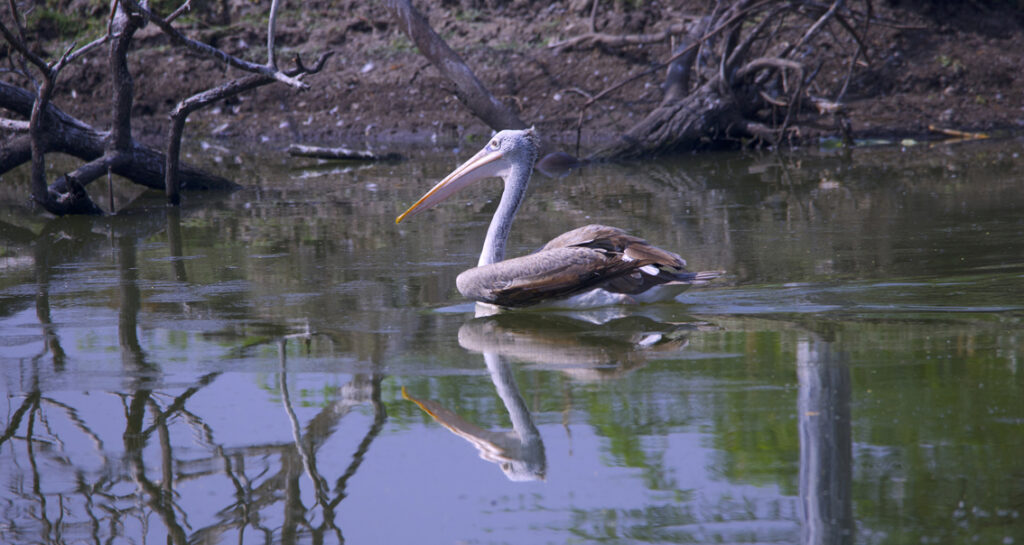
The Clarion Call for Action
In a bold move, the Central Empowered Committee (CEC), appointed by the Supreme Court in 2006, sounded a clarion call. It decreed the removal of all encroachments, including the fish tanks, a directive that sparked impassioned debates and fervent discussions among the local fishing community. Undeterred by the challenges and upheaval this decree heralded, the government redoubled its commitment to resurrecting Kolleru Lake to its former glory.
The Human Element
For the resilient local community, Kolleru Lake transcends mere geography – it is an integral part of their heritage, a living testament to their intertwined existence with the natural world. As they bear witness to the transformation of their beloved lake from a shimmering mirror of nature’s opulence to a casualty of human avarice, they mourn the loss of their benefactor. Paradoxically, the same lake that once nurtured their livelihoods now stands as a poignant symbol of their profound struggle to strike a harmonious balance between human aspirations and ecological preservation.
Ecological Ripples
The degradation of Kolleru Lake has sent ripples through its fragile ecosystem. Water quality has deteriorated, culminating in a diminished water-holding capacity. The once-crystalline waters have turned turbid, and a heightened biochemical oxygen demand (BOD) signals an ecosystem in peril. The consequences ripple outward, affecting both the local populace and the aquatic denizens within the lake, including prawns and fishes. Alarming spikes in vector-borne diseases paint a grim tableau of the lake’s current predicament.
Operation Kolleru
Recognizing the urgency of the situation, the Ministry of Environment and Finance launched an audacious endeavour – “Operation Kolleru.” This ambitious initiative sets out to rescue the lake from the clutches of pollution, and to restore the delicate ecological equilibrium that decades of human intervention have disrupted.
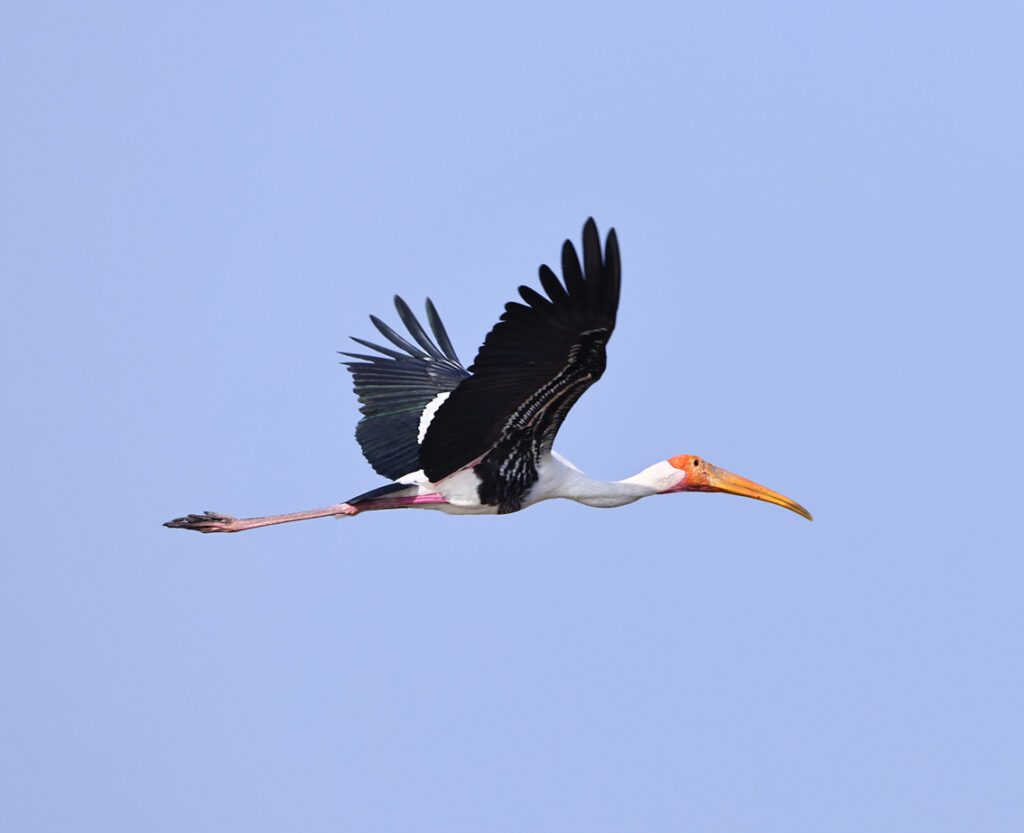
Conclusion
Kolleru Lake, with its kaleidoscope of biodiversity and tranquil beauty, remains a testament to the intricate interplay between nature and human endeavour. While the challenges it faces are formidable, the resolute commitment to its preservation stands undeterred. As conservationists and local communities unite in a harmonious symphony of renewal, the story of Kolleru Lake unfolds as a poignant reminder of the extraordinary power of collective action. In this story of revival and resilience, there is hope that Kolleru Lake, one of India’s most cherished natural wonders, will once again echo with the symphony of life, embodying a renewed and harmonious coexistence with the environment.
Visionary Artist and Filmmaker Captures Emotion and Nature’s Essence Through Lens and Director’s Chair
Dr. Vajranabh Natraaj Maharshi, a visionary artist who crafts narratives through the lens and the director’s chair. His profound connection with nature and the human experience infuses his work with emotion and depth. With an impressive portfolio spanning photography exhibitions, documentaries, and upcoming feature films, Maharshi’s creative journey is a relentless pursuit of artistic excellence.
Dedicated Environmentalist and Conservation Advocate
K. Mrutyumjaya Rao, a retired Sub-Divisional Engineer from BSNL, possesses a deep passion for nature and a keen interest in environmental and conservation matters. He currently serves as the Andhra Pradesh State Coordinator for IBCN (Indian Bird Conservation Network) under BNHS (Bombay Natural History Society). Furthermore, Mr. Rao holds a lifelong membership with the Deccan Birders in Andhra Pradesh, previously known as the Birdwatcher Society of Andhra Pradesh. He is also a dedicated life member of the Madras Naturalist Society in Chennai. In the past, he served as an Honorary Wildlife Warden for Guntur District in Andhra Pradesh and contributed as an Environment State Committee member for Jana Vignana Vedika in Andhra Pradesh.

